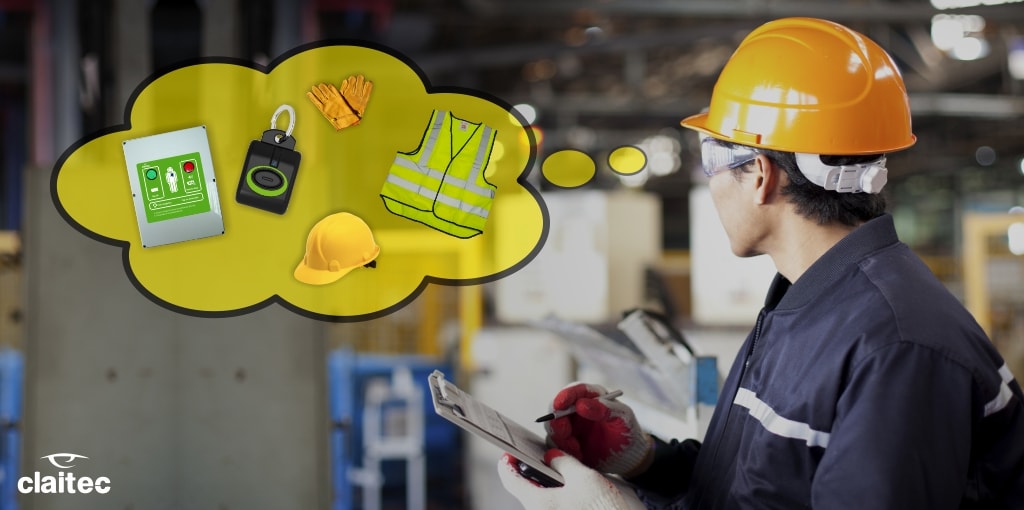The establishment of workplace safety protocols presents invaluable benefits for workers and companies alike.
Accidents that occur in workspaces are not only harmful to the physical and emotional wellbeing of the individual who suffers them but have also been shown to generate substantial costs – in economic and human capital – for the companies responsible.
Investments in worker protection systems allow employees to better perform their tasks. Although major advances have been made in recent decades in matters of worker safety, occupational accidents remain a source of concern in industries worldwide.
Each year millions of people are victims of accidents in their workplace or suffer illnesses as a result of the activities they perform at work. For many of them, the consequences are fatal far too often.
Despite all the efforts already made, it is necessary to carry out more precise changes in risk prevention strategies in order to improve their impact on the workers’ general welfare.
The most advisable path would be to establish a systematic restructuring of worker protection systems through the implementation of a new model of workplace safety that takes more into account the different risks factors.
In an era of constant change, it is essential to continuously update current risk prevention procedures. Economic systems, the media, access to information and even social trends are constantly changing and have a significant impact on labour practices.
Today, it would not be efficient to attempt to solve the security problems that existed decades ago. Workers are now confronted with new threats in their workspaces while some other risk factors have become less common. It is the responsibility of the companies to identify relevant emerging hazards of our times.
One of the most important adjustments required in safety models is to abandon the idea that the risks to the welfare of workers are limited to accidents.
In a workspace it is also possible to contract diseases, the kind and severity of which depend on the industrial sector concerned. Unhealthy working conditions, exposure to hazardous substances and the contagion between employees are some of the circumstances that could threaten their health. The conditions can range from respiratory diseases to cancer, and all of them represent a severe risk to workers and businesses.
Mental illnesses such as stress, depression and anxiety have also become widespread among workers in all employment sectors. In addition to their effects on the attitude and willingness of the people to work, these conditions produce a reduction in the natural defences of the body, causing the manifestation of many other diseases. This impairs the workers’ quality of life, also reducing their productivity and encouraging absenteeism in companies.
That’s why, these conditions should be top priorities for most companies and yet, they are often completely neglected.
The processes for recording accidents and diseases acquired in workplaces must also be updated. It is not possible to establish the most appropriate safety procedures for a specific workplace if there is no information available on the causes and consequences of risks at work. Proper data collection will allow the identification of the sectors that present higher risk and the activities that require improved regulation regarding safety standards and legislation. Once preventive measures have been implemented, it will also be possible to measure their impact and design the appropriate improvements based on available records.
An adequate register of accidents and diseases should comprehensively cover all areas of work. Currently not enough attention is paid to incidents in rural areas, in small and medium enterprises and informal employment when the inclusion of these workers is essential for the full development of a model of workplace safety.
Although projects of this type may seem difficult to complete at first, it is vital to move towards this direction as they will benefit companies, employees and the economy of an entire region.


